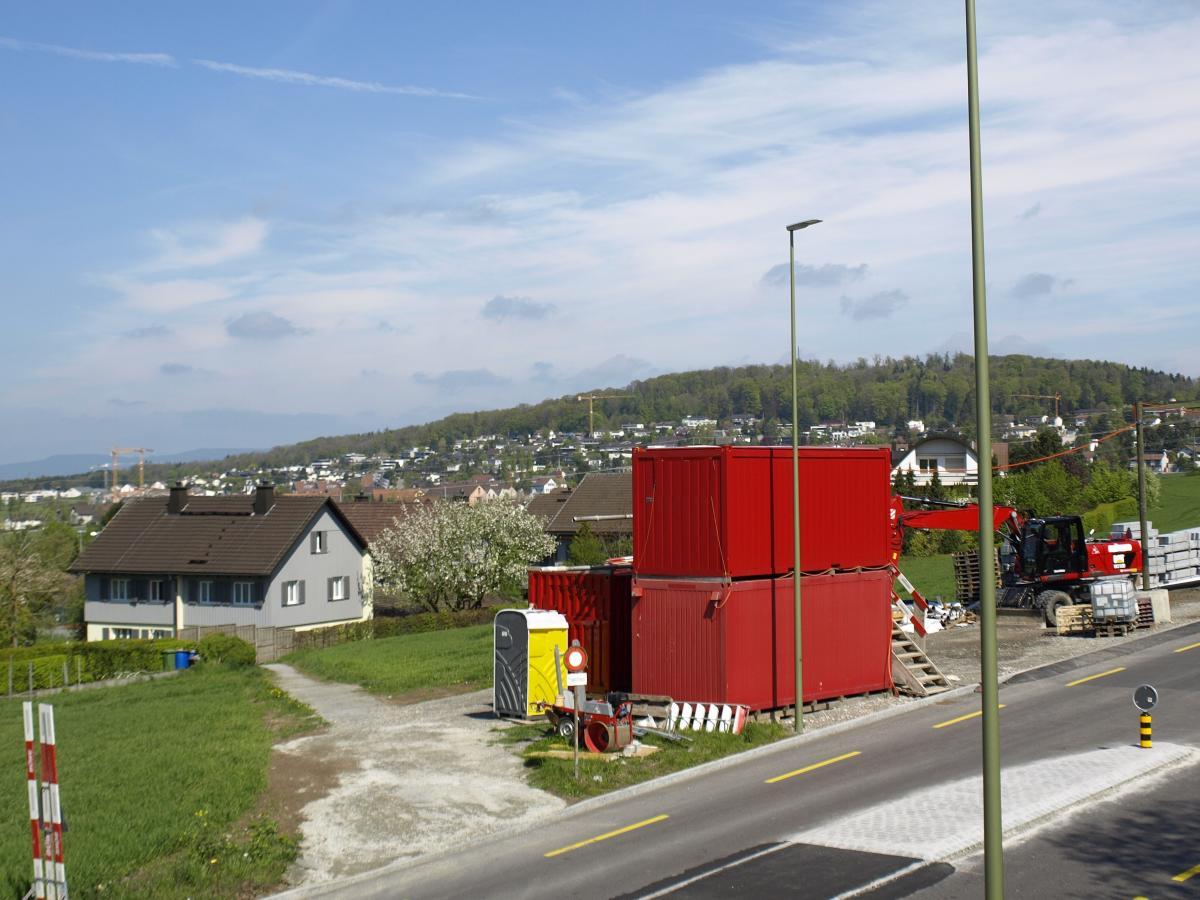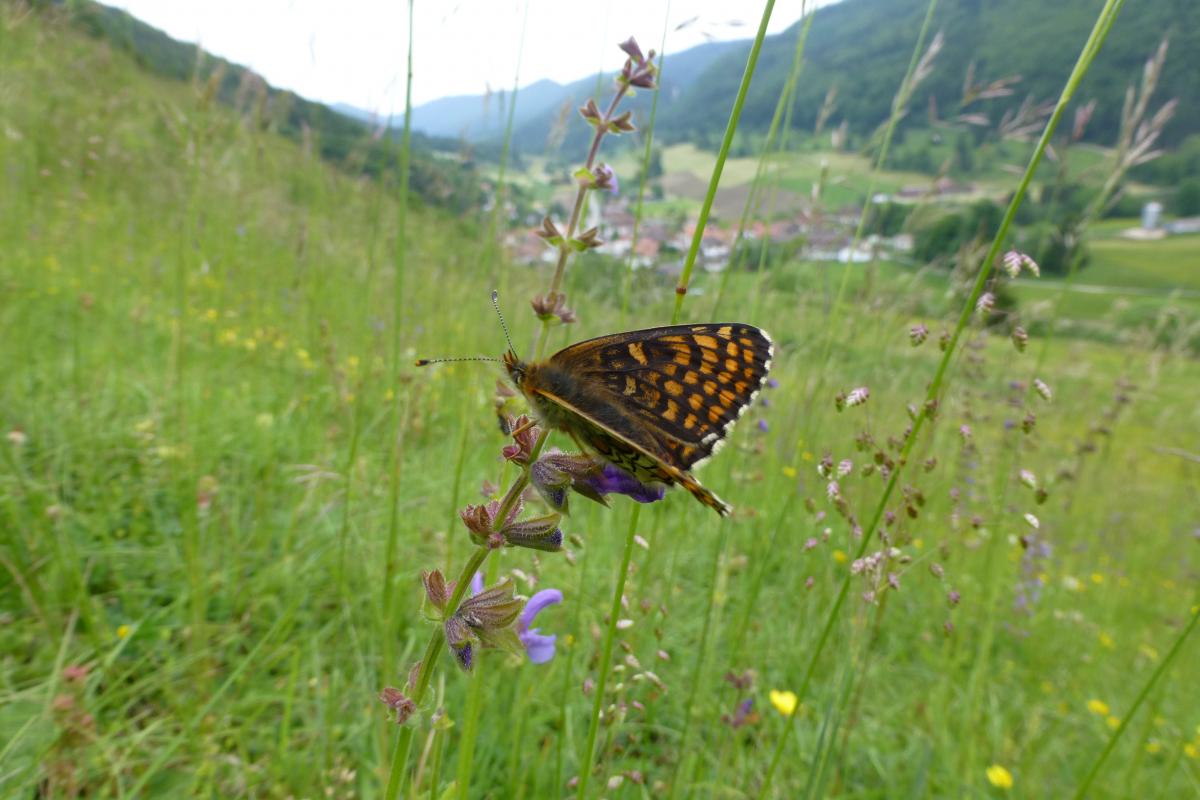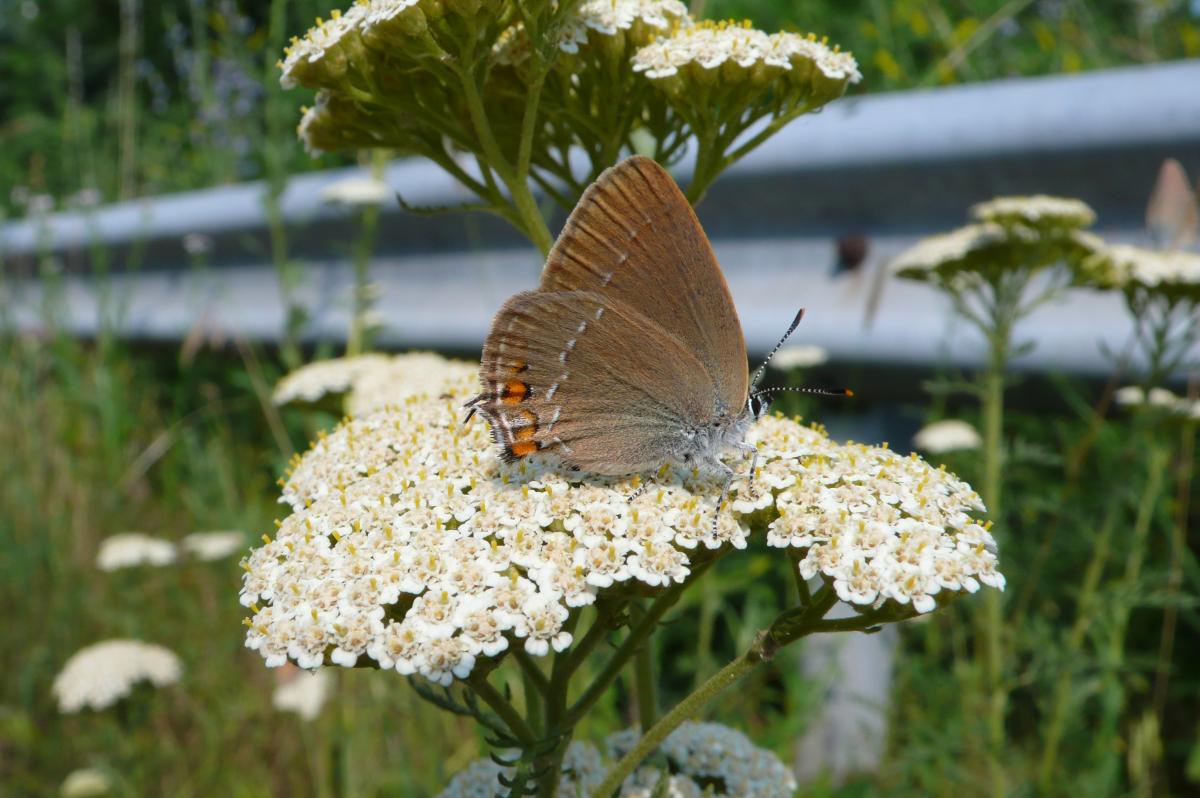Urbanisation and biodiversity
Submitted by editor on 10 April 2015. Get the paper!
Get the paper!How does urbanisation affect organisms with different mobility and specialisation degree? At which distance does urbanisation affect these different organisms? These are the key questions that are addressed in the Oikos' paper "Impacts of urbanisation on biodiversity: the role of species mobility, degree of specialisation and spatial scale".
Urban growth is considered one of the main components of land use change that seriously threatens biodiversity conservation worldwide. Here, we investigated urbanisation impacts on two characteristics of species assemblages that we expected to be greatly affected by this process (mobility and degree of specialisation in the use of resources). We evaluated such impacts for a variety of organisms (vascular plants, butterflies and birds) across a range of spatial scales (from 1x1 km plots to 5 km-radius buffers around them) in the Swiss Plateau, the Central part of Switzerland, which experiences strong urban growth.

We found that the degree of specialisation, mobility and their interaction, greatly influenced species’ responses to urbanisation, with highly mobile specialist species of all taxonomic groups being affected most. This indicates a likely interaction between both species characteristics influencing species responses to urbanisation.Two different patterns were found: for plants, urbanisation favoured highly mobile species with narrow habitat ranges, while for birds and butterflies it reduced the number of highly mobile specialist species.
In the case of plants, our results are likely due to the high heterogeneity of urban habitats that favor species with specific characteristics that enable them to settle in newly created urban habitats (typically ruderal and non-native species, specially neophytes, which are a very diverse group).
Our results for birds and butterflies suggest that urbanisation induced the homogenisation of species assemblages. In the case of birds, urbanisation decreased the number of specialist species, while generalists were not affected, thus confirming previous studies that showed the homogenisation of urban bird communities due to the prevalence of generalist species. In the case of butterflies, urbanisation decreased species richness of both specialist and generalist butterflies, which stresses the general high sensitivity of this taxon to urbanisation. Urbanisation also decreased species richness of highly mobile butterflies. This reduced mobility of urban assemblages of butterflies could potentially make them more prone to isolation and, then, to suffer local extinctions.

With respect to the spatial scale of urbanisation impacts, mobile organisms, across and within taxonomic groups, tended to respond at larger spatial scales than those that are poorly mobile. On this respect, butterflies responded at larger scales (i.e., intermediate to the largest buffers) than plants and birds that responded better at small to intermediate scales. These results partially confirm expectations of highly mobile organisms like butterflies being affected by factors acting at larger spatial scales than poorly mobile or sessile organisms like plants. Birds, however, responded most at small spatial scales, indicating that although they may be affected by factors acting at a wide range of spatial scales, they react most to what is occurring in close proximity.
We additionally found differences in the spatial scale at which highly and poorly mobile species of plants and butterflies responded to urbanisation, with highly mobile species of both taxonomic groups responding at larger scales than poorly mobile species. Moreover, larger differences between highly and poorly mobile species were found for specialists than for generalists, which again indicates a likely interaction between mobility and specialisation degree.
Overall, our findings point towards the need to halt the widespread sprawl of urban areas given their harmful impact on some organisms like butterflies, especially highly mobile specialists, even over long distances.
Elena D Concepción
Photo: Florian Altermatt
.